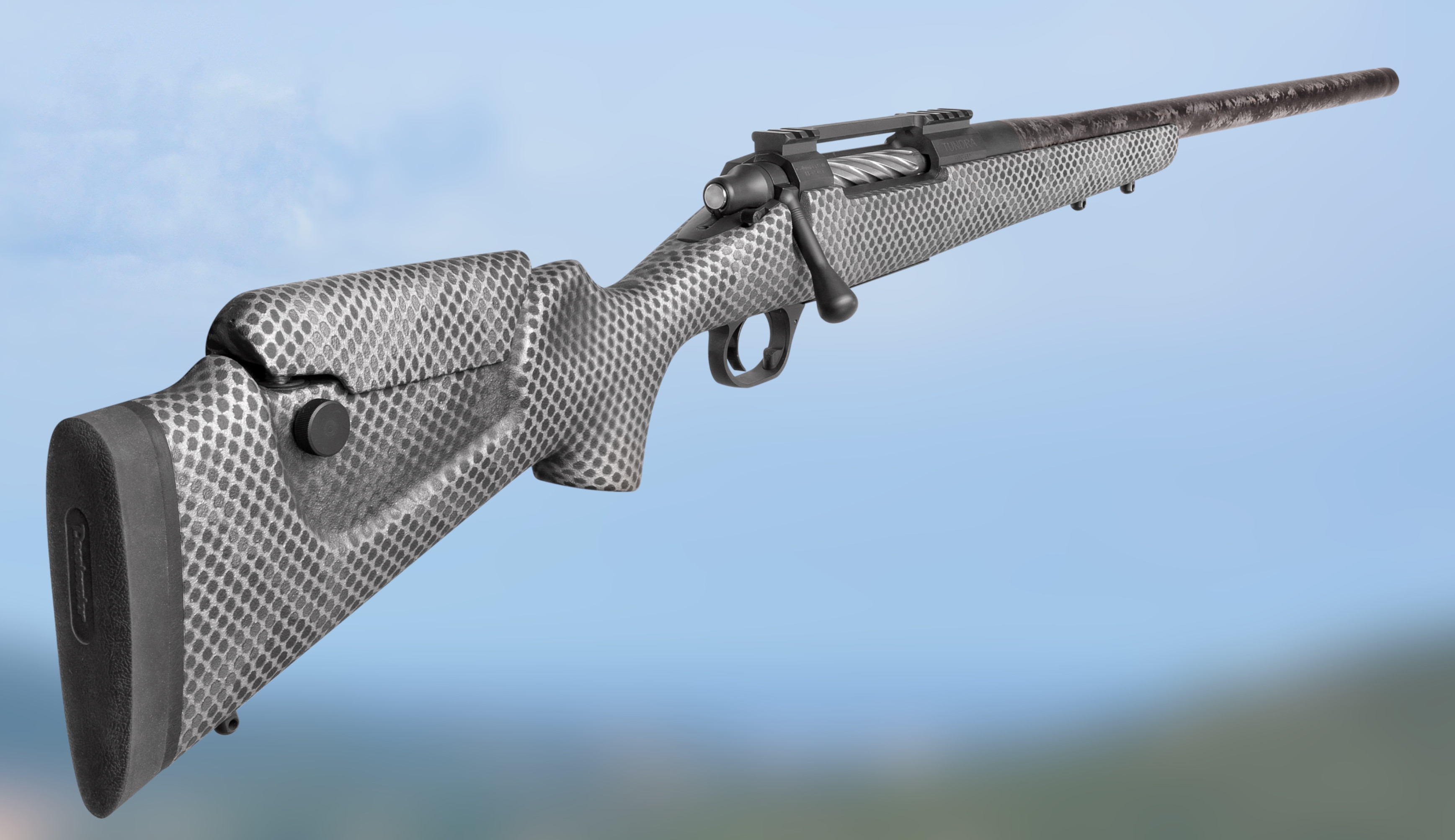"Plastic": the word itself sounds somewhat negative and derogatory, reminds of cheap products and long-lasting pollution. That's why often it's refered to with more technical terms, such as "polymer" and other bombastic nomers, but it's still synthetics after all!
More tradition-oriented shooters will frown at the sole idea of comparing the noble essence of wood with cold, soulless materials that make guns look like simple working tools, more akin to a Dremel or a vacuum cleaner than to a noble, trustworthy companion in long, hard but satisfactory days spent in the woods or at the range.
Synthetic materials definitely have their share of benefits over wood − and that's why they gained so much success and became so popular over the years − but there still are cases when good old, natural walnut is still paramount: never mind about high-grade rifles and shotguns, but what about your simple, run-of-the-mill, side-by side... how do you like it in polymer?
And yet, the fact remains: when it comes to take a gun at the range, to a hunting trip or on the battlefield, and to expose it to hostile environmental conditions and to all shock hazards that would undoubtably damage wood, polymers definitely remain the best choice!
Personally, we always loved good old-fashioned guns with well-made wooden stocks: they look great, they feel great, and the mere smell of wooden stocks is nostalgically reminiscent of the times that went by. But our tastes changed as technology evolved, and we're now used to polymer stocks − and appreciating them.
Fun thing is? We didn't even notice! It took a visit from a friend of us a few days ago, and him pointing out that our collection only features one wooden-stock rifle amid a plethora of synthetic stocks, to prompt a reflection about how times changed, and how the tastes and needs of hunters and sports shooters evolved accordingly.










